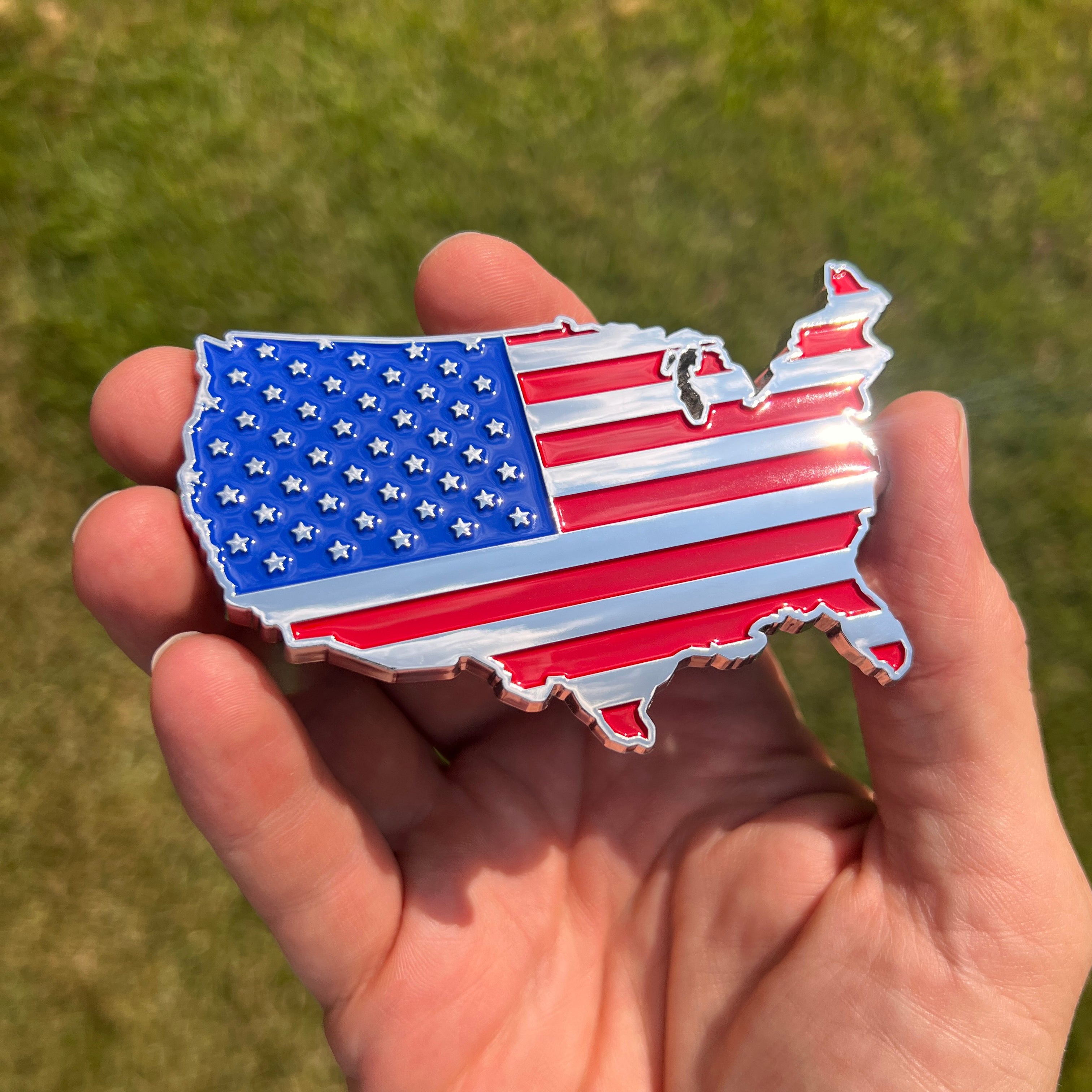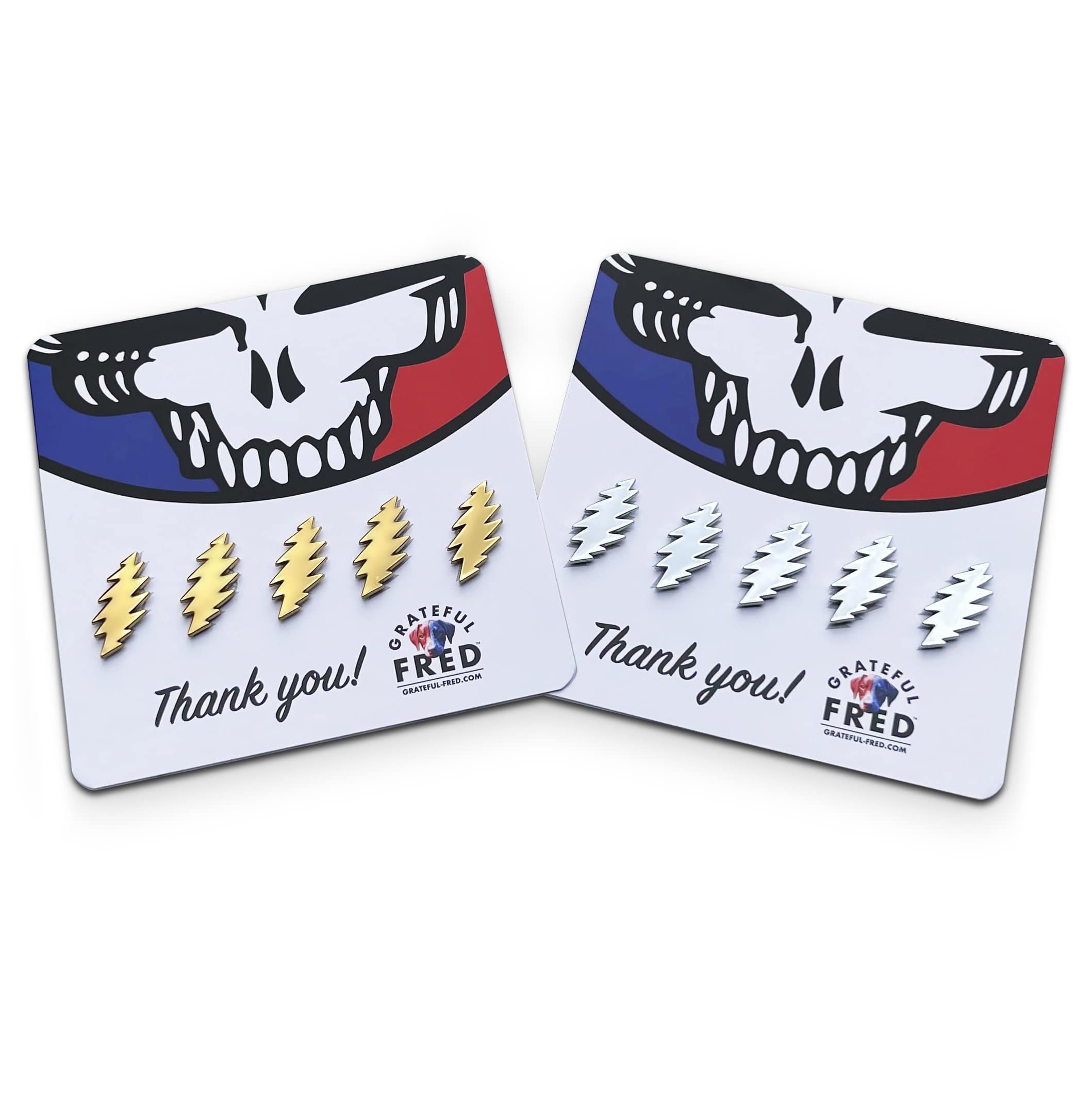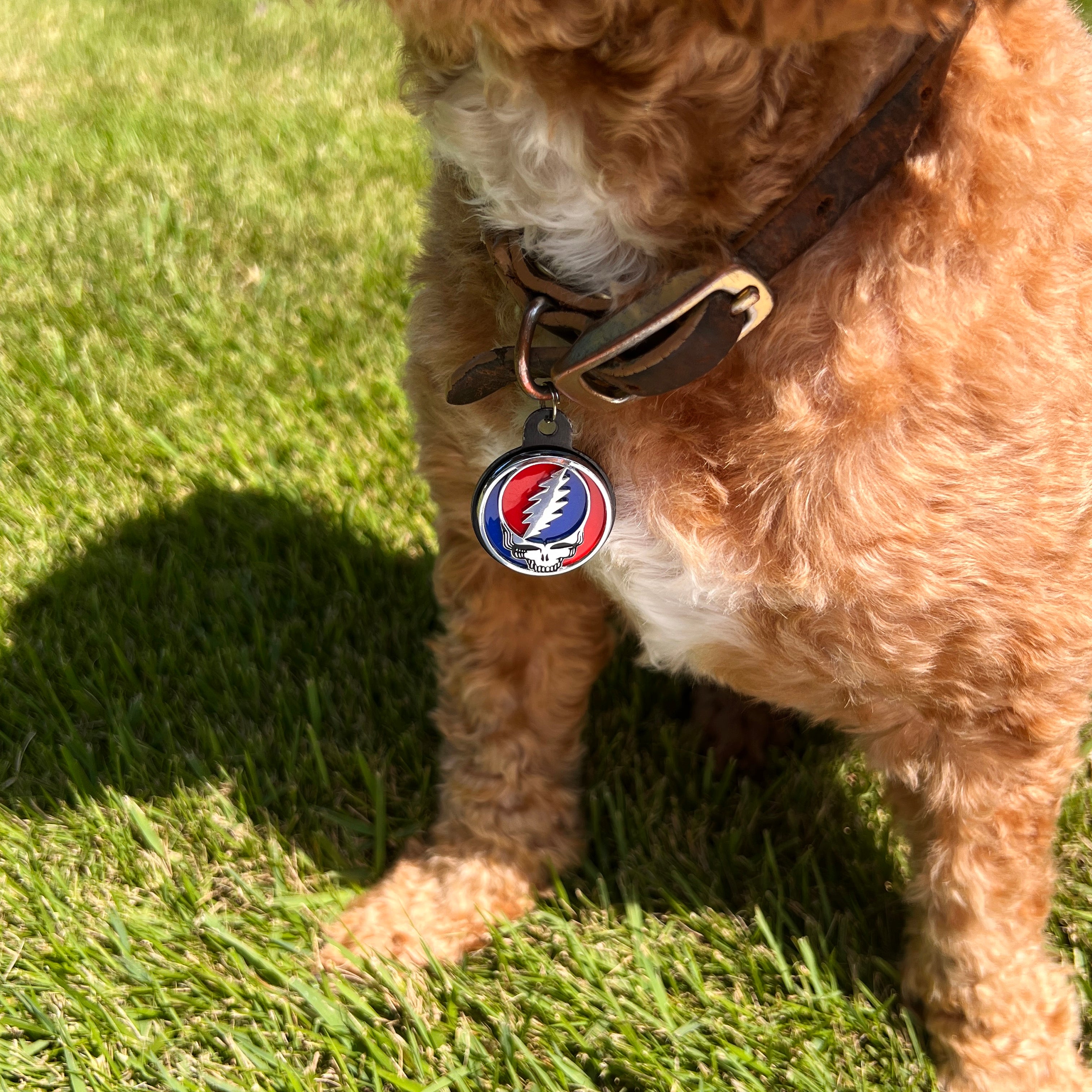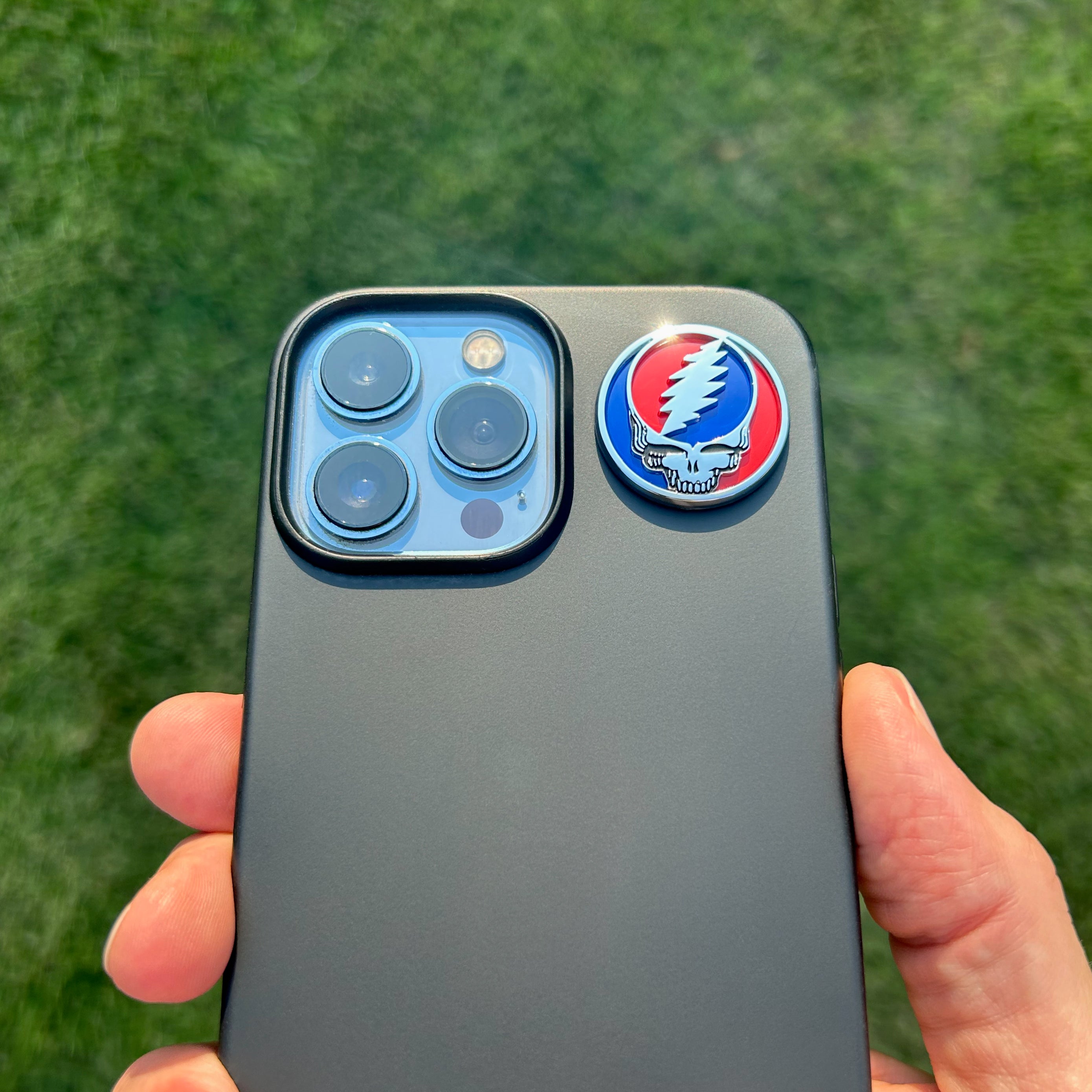
“If I knew what made us popular, I’d bottle it,” Grateful Dead front man Jerry Garcia famously said. That “it” thing was really more of an “and” thing. The band brought in elements of folk and country and free jazz and delta blues and…any number of influences. A melting pot of sounds. And what could be more American than a melting pot?
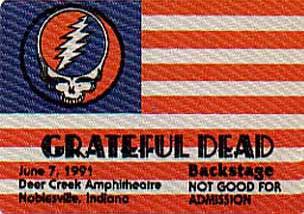
Jerry Garcia loved traditional American music
“The direction I went into was old-time blues and old-time country music, and I got very serious about it for a long time,” said Jerry. The banjo was one of Jerry’s first musical loves. Other members of the band cited Folkways records as influences. Lyricist Robert Hunter wrote fan-favorite “Deal” inspired by Charlie Poole’s version of “Don’t Let Your Deal Go Down” from 1929. And the roots of that song go back even further, to African American song tradition, played at the Grand Ole Opry.
Freedom Was Woven into the Essence of the Grateful Dead
Freedom was central to the band’s vision. Or was it rebellion? Perhaps the band’s early experiments with Ken Kesey’s Acid Tests had much to do with how they viewed authority figures, from record company suits to police officers. Jerry led the band musically, but that was about it. The idea was about sharing responsibility, taking turns, no ego present. It was very un-rock and roll. But what other rock band used images of America in their music and imagery so freely?
There’s that flag again, this time gracing a live album
Turn On, Tune In, Show Up
In the ‘60s, protest against the war and the establishment led many young people, in the words of Timothy Leary, to “turn on, tune in, drop out.” Yet dropping out was not who the Grateful Dead were. Although highly "tuned in," this was an incredibly hard-working band. You didn’t see Phil Lesh going on a bender, or Bob Weir pulling a no-show. This band was uniquely blue-collar in that respect. They showed up and showed out.
The Grateful Dead’s use of the American flag might first appear at odds with the anti-war movement happening across college campuses in the ‘60s. Visionary band leader Jerry Garcia understood the contradiction, and one could say embraced it, his festive patriotic attire more fitting for a political convention than a rock concert.
Imagine that. The Grateful Dead unabashedly showing love for their country. It’s actually a pretty Dead thing to do though, right?
American Beauty & Workingman’s Dead
Practically inventing the “jam band” genre, the Grateful Dead were free-flowing, improvisational, and universally minded, yet operated with a distinctly American storytelling style, mainly due to the sensibilities of lyricist Robert Hunter and the musical backgrounds of each of the members. The earliest and, for many fans, most popular examples were 1970 releases Workingman’s Dead and American Beauty, packed with allusions to classically American characters, from settlers of the old West to modern-day nomads with differing ideas of freedom, yet no less valid.
Skeletons and the American flag appeared on many of the Dead’s tour artworks.
References to the American Flag
Some have argued that the Grateful Dead’s use of the American flag was less patriotic than patronizing. An ironic gesture for a band with few obviously political messages.
Photographer Herb Greene captured a svelte, dark-haired Garcia posing proudly in front of a monster American flag large enough to cover an entire wall inside a home at 710 Ashbury, a flag whose origins “escaped memory”, according to Jerry.

Jerry with his original muse, the banjo, photo by Herb Green.
(Purchase a print of this photo here)
Protest or patriotism?
If there was any doubt that Garcia wasn’t at least a tiny bit proud of calling America home, perhaps there wouldn’t exist so many images with the American flag depicted. Scholars will no doubt continue to pick a side. Were the symbols of America a form of protest, or a true display? That’s up to us to come to that conclusion, and just as well.
The American flag would later appear on tie-dyed shirts, posters, hats, buttons and more, associated with the Grateful Dead. If not as instantly recognizable as the 13-point bolt, the Steal Your Face logo, or the Dancing Bears, the flag certainly holds a place in band history.

The American Beauty Flag
Grateful Fred, an officially licensed Grateful Dead maker of high-quality chrome badges (like the 13-point bolt, stealie, and other official Dead logos), and other iconic Deadhead imagery, has come up with a singular piece of artwork, the latest American flag to enter the world of the Dead.
The American Beauty Flag was auctioned off in July 2022, with proceeds benefiting the nonprofit Pets for Vets®, an organization that connects America’s veterans with shelter pets, by rescuing, training and pairing these amazing companions with returning troops who have recently served.
The American Beauty Flag is comprised of over 500 discarded red, white/chrome and blue bolts that were deemed unfit for shipping. Rather than send these less-than-perfect bolts to a landfill, the Grateful Fred team decided to upcycle them, giving them a second act, in true Jerry fashion. The American Beauty Flag was created by Lionheart Framing in Atlanta.

